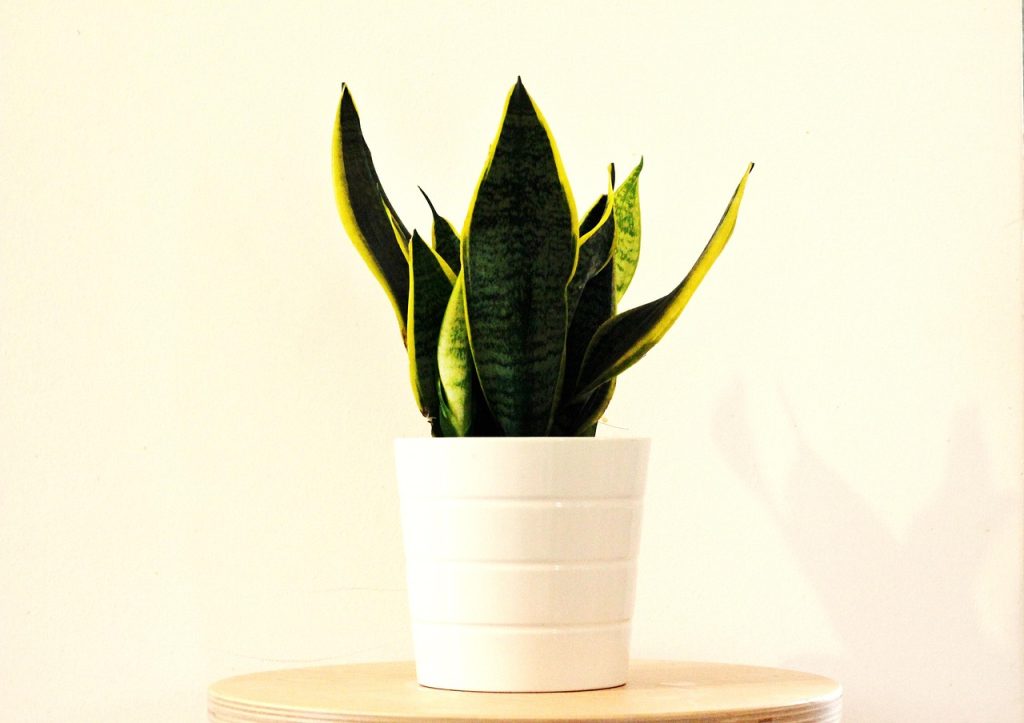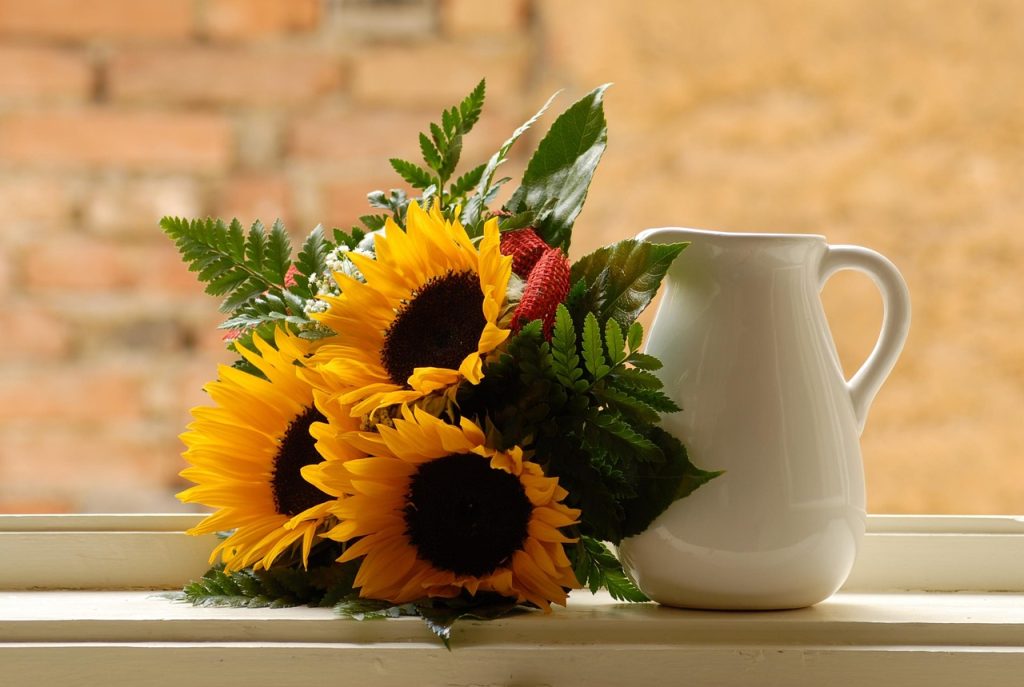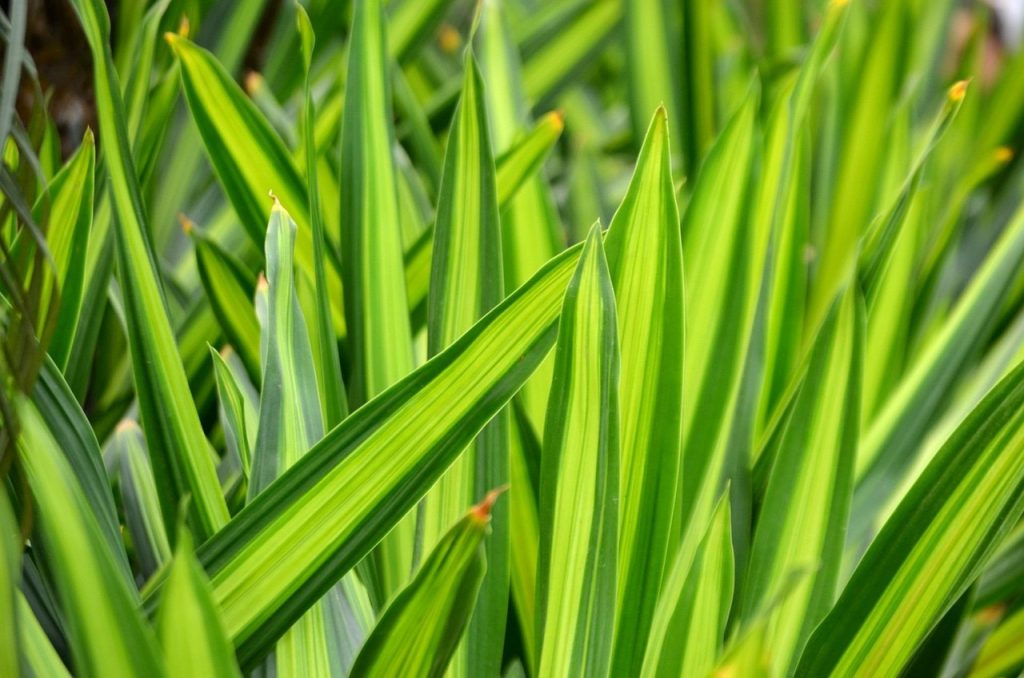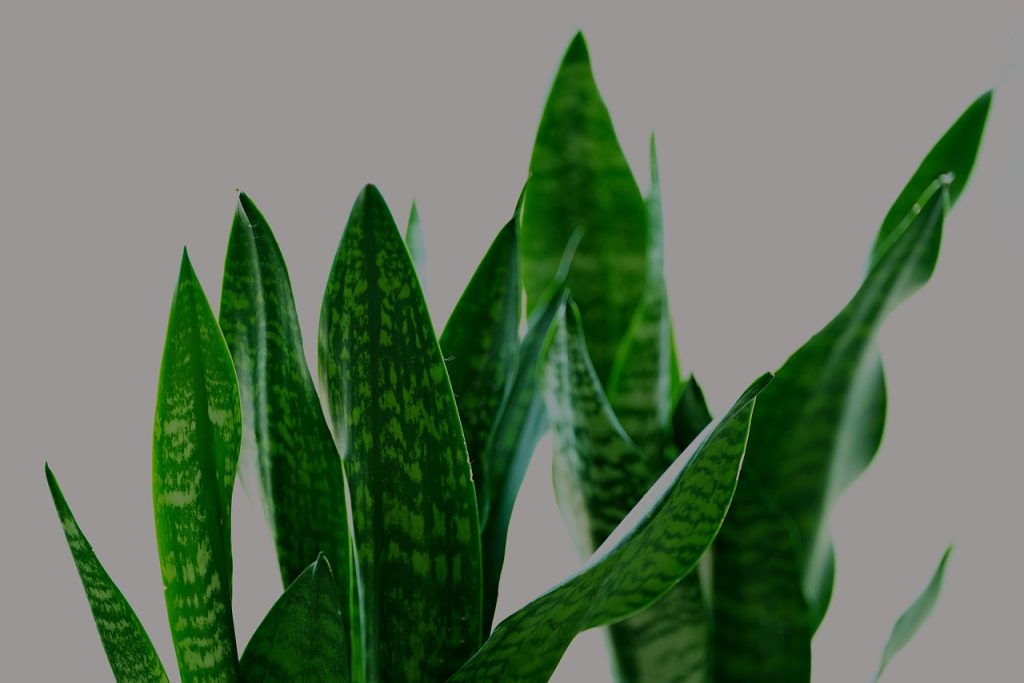Snake Plants Toxicity to Cats is one of the most common concerns for pet owners who want to decorate their homes without endangering their furry friends. Snake plants (Sansevieria or Dracaena trifasciata) are beautiful, resilient, and easy to grow — but they pose a hidden danger to cats. This article explains why snake plants are toxic to cats, the symptoms you should watch for, and safer plant alternatives for your home.

Quick Summary
- Yes — snake plants are considered toxic to cats.
- The issue of Snake Plants Toxicity to Cats comes from the saponins in their leaves.
- These compounds cause drooling, vomiting, diarrhea, and other signs of poisoning.
- If your cat ingests any part of the plant, call your vet immediately.
Snake Plants — Why It Happens
Snake plants contain saponins, natural chemicals that protect them from pests. Unfortunately, these same compounds are the reason behind Snake Plant’s Toxicity to Cats. When chewed or ingested, saponins irritate a cat’s mouth and stomach, leading to drooling, vomiting, or diarrhea.
How Sick Can a Cat Get From Eating a Snake Plant?
Most cases of Snake plant toxicity result in mild to moderate stomach upset. Typical signs include vomiting, diarrhea, loss of appetite, and drooling. Severe cases are rare but possible, especially if large amounts are consumed.
Snake Plant Toxicity at a Glance
- Common name: Snake plant, Mother-in-Law’s Tongue
- Scientific name: Sansevieria trifasciata / Dracaena trifasciata
- Toxic compound: Saponins
- Toxicity in cats: Yes — toxic
- Symptoms: Drooling, vomiting, diarrhea, lethargy, decreased appetite.

Signs and Symptoms of Snake Plants Toxicity to Cats
Watch for these common warning signs:
- Excessive drooling
- Vomiting, sometimes repeatedly
- Watery or bloody diarrhea
- Lethargy or hiding
- Loss of appetite
Symptoms often appear within a few hours of ingestion.
First Aid — What to Do Immediately
- Remove the plant from your cat’s reach.
- Check your cat’s mouth for leaf fragments.
- Call your vet and mention Snake Plants Toxicity to Cats right away.
- Do not induce vomiting unless instructed.
- Take a photo or sample of the plant for identification.
Veterinary Care — What to Expect
Your vet may:
- Monitor your cat’s vital signs
- Give IV fluids for dehydration
- Use activated charcoal to absorb toxins
- Provide anti-nausea medicine
- Run blood tests if needed
Could Snake Plant Toxicity to Cats Be Fatal?
Fatal outcomes are extremely rare. However, Snake Plant toxicity to Cats can cause significant discomfort and complications if not treated quickly. Seeking prompt veterinary advice is always the safest choice.
Why Cats Eat Plants — and How to Prevent It
Cats often chew plants out of curiosity, boredom, or instinct. To reduce the risk of Snake Plants:
- Provide cat grass or catnip as safe alternatives
- Keep toxic plants in cat-free zones
- Use plant stands or hanging planters
- Play with your cat daily to curb boredom
- Use bitter-tasting sprays on plant leaves

Cat-Safe Alternatives to Snake Plants
Choose these non-toxic plants instead:
- Spider plant (Chlorophytum comosum)
- Boston fern (Nephrolepis exaltata)
- Calathea (Prayer plant)
- Parlor palm (Chamaedorea elegans)
- Areca palm
- Orchids and African violets
These alternatives bring greenery into your home without the dangers linked to Snake Plants Toxicity to Cats.
Prevention Checklist
- Remove snake plants if possible
- Place all toxic plants out of reach
- Offer safe chewable plants like cat grass
- Keep vet and poison control numbers handy

FAQs
Even a small lick can irritate the mouth. Monitor for vomiting or drooling and consult your vet.
Yes, all varieties are included under Snake Plant Toxicity to Cats due to their saponin content.
Yes — they are also toxic to dogs.gs too?
If you have pets, the risks of Snake Plant toxicity to Cats outweigh their air-purifying benefits.
Final Words — Safety First, Green Second
Snake plants may be trendy and low-maintenance, but Snake Plants Toxicity to Cats makes them unsafe for pet households. The best option is to keep them completely out of reach or replace them with cat-safe houseplants. If ingestion occurs, quick veterinary care ensures your cat’s safety and your peace of mind.